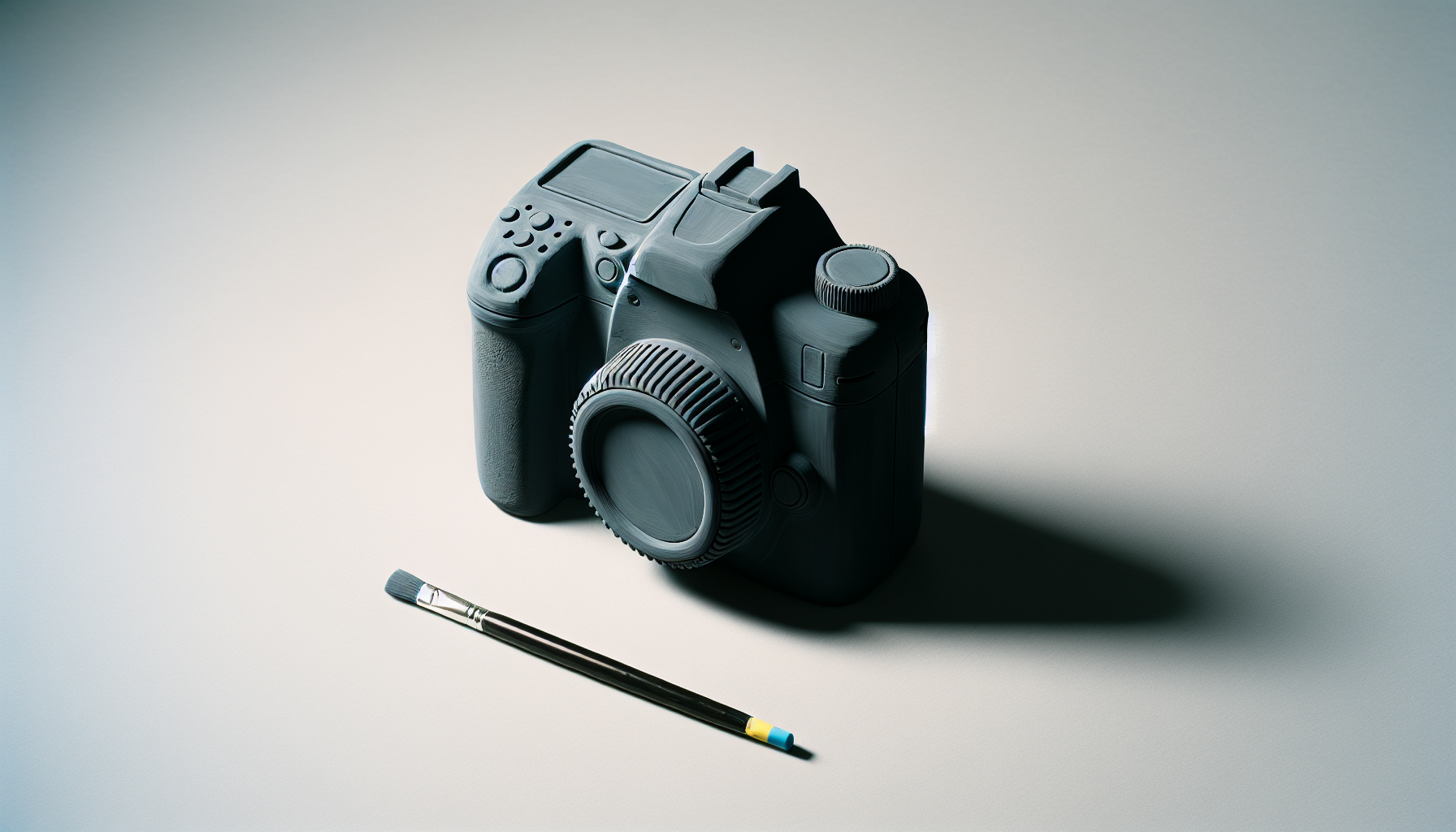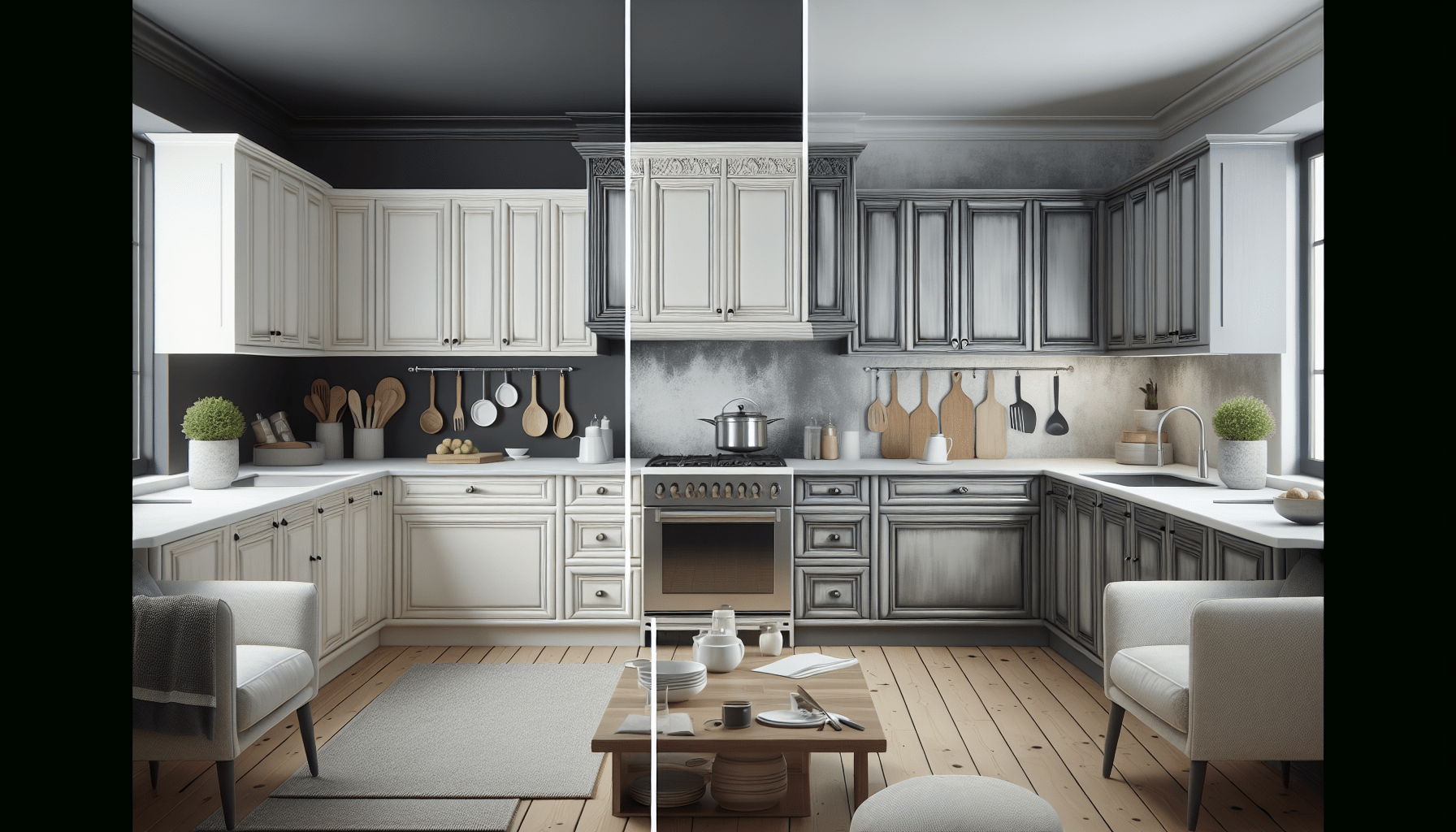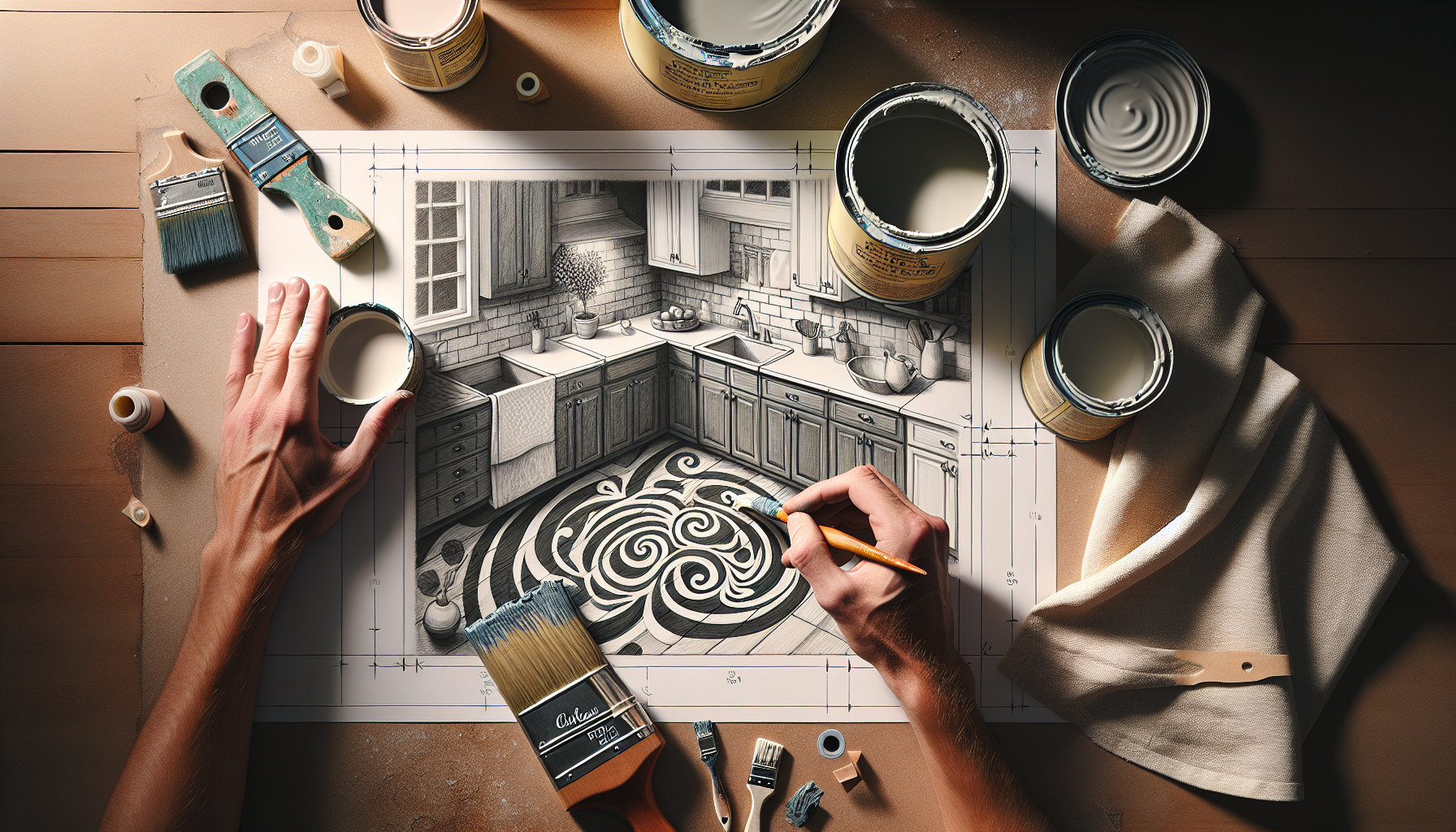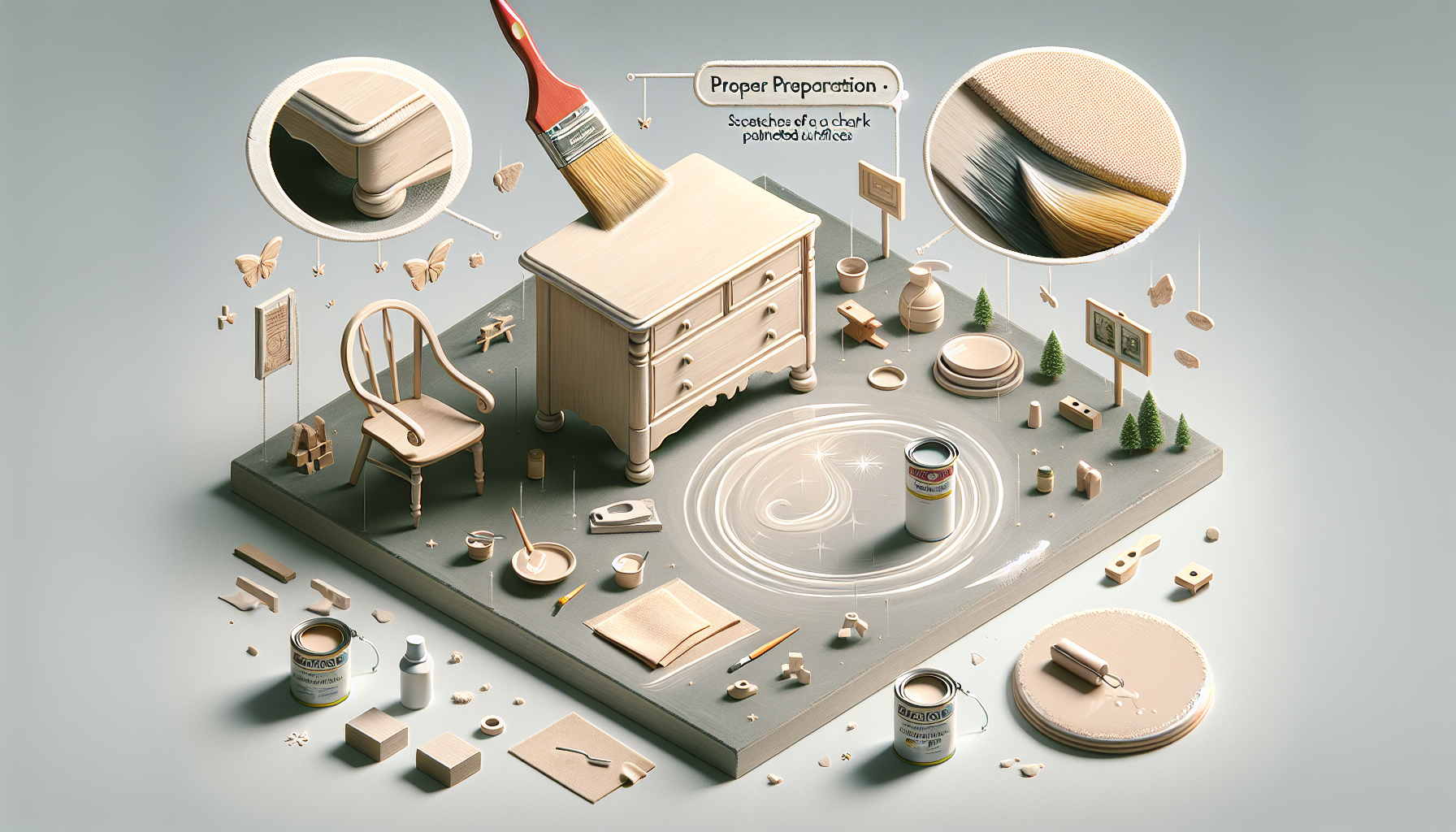Chalk paint has gained popularity in recent years for its ability to transform and revitalize various surfaces. However, a common question that often arises is whether chalk paint is suitable for use on plastic. This article aims to provide a comprehensive answer to this query, examining the factors that may affect the adhesion of chalk paint to plastic surfaces. By understanding these considerations, you will be equipped with the knowledge needed to achieve successful results when working with chalk paint on plastic.
Considerations before using chalk paint on plastic
Type of plastic
Before using chalk paint on plastic, it is important to consider the type of plastic used. Not all types of plastic will adhere well to chalk paint, so it is crucial to identify the specific plastic material. Certain plastics, such as polypropylene and polyethylene, have low surface energy and may require special treatment or alternative paint options. On the other hand, some plastics, such as PVC and ABS, have a higher surface energy, making them more suitable for chalk paint application.
Surface preparation
Proper surface preparation is vital for achieving a successful application of chalk paint on plastic. It is essential to clean the plastic surface thoroughly to remove any dust, dirt, or grease that may hinder the paint’s adhesion. Using a mild detergent or plastic-friendly cleaner, gently wash the plastic surface and rinse it thoroughly. Additionally, consider roughening the surface with fine-grit sandpaper to enhance the paint’s grip. This step will create a rough texture that allows the paint to adhere more effectively.
Paint type
Choosing the right type of chalk paint is crucial when it comes to painting plastic surfaces. Regular chalk paint may not adhere well to plastic materials due to its composition. Instead, opt for chalk paint specifically designed for plastic surfaces. These paints typically contain additional adhesion promoters that enhance the paint’s ability to bond with plastic. Research different brands and products to find the most suitable chalk paint specifically formulated for plastic applications.
Paint application
Proper paint application techniques play a significant role in achieving a successful result when using chalk paint on plastic. It is recommended to apply the paint in thin, even coats, allowing each layer to dry completely before adding additional coats. Avoid applying thick layers of paint, as this may result in an uneven finish or issues with adhesion. Use a high-quality brush or roller designed for smooth finishes to ensure a professional-looking outcome.
Step-by-step process to applying chalk paint on plastic
Clean the plastic surface
Before applying chalk paint, ensure that the plastic surface is clean and free of any debris. Use a mild detergent or plastic-friendly cleaner to wash the surface, and thoroughly rinse it to remove any residue. Allow the surface to dry completely before proceeding to the next step.
Apply a primer
To enhance the adhesion of the chalk paint, applying a primer specifically formulated for plastic surfaces is recommended. The primer will create a bonding layer that helps the paint adhere to the plastic more effectively. Follow the manufacturer’s instructions for the proper application of the primer, and allow it to dry completely before proceeding to the next step.
Apply the chalk paint
Using a high-quality brush or roller, apply thin, even coats of chalk paint onto the plastic surface. Ensure that each coat is dry before adding another layer. Be patient and take your time to ensure a smooth and even application. Follow the manufacturer’s instructions for recommended drying times between coats.
Seal the painted surface
To protect the painted surface and improve its durability, it is essential to seal the chalk paint on plastic. Consider applying a clear topcoat or sealer specifically designed for painted plastic surfaces. This will provide an additional layer of protection against scratches, moisture, and UV damage. Follow the manufacturer’s instructions for the proper application of the sealer and allow it to dry thoroughly.

Tips and tricks for a successful application
Test on a small area
Before painting the entire plastic surface, it is advisable to conduct a small test on a discreet area. This will allow you to assess the adhesion and finish of the chalk paint on the specific plastic material. Additionally, testing the paint on a small area will help you determine the need for any adjustments in the preparation or application process.
Use light coats
When applying chalk paint on plastic, it is best to use light coats rather than thick layers. Light coats ensure better adhesion and help prevent issues such as peeling or flaking. Applying thin, even coats will also result in a smoother and more professional-looking finish. Allow each coat to dry completely before adding another layer.
Allow proper drying time
Proper drying time is essential to achieve a durable and long-lasting finish. Rushing the drying process may lead to premature damage or poor adhesion. Follow the manufacturer’s instructions for recommended drying times between coats and before handling or sealing the painted surface. Be patient and allow sufficient drying time to ensure the best results.
Sand between coats
To achieve a smoother finish and improve adhesion, consider lightly sanding the surface between coats of chalk paint. Use fine-grit sandpaper and gently sand the surface in a circular motion. This step helps remove any imperfections and provides a better surface for the next coat of paint. Remember to clean and remove any sanding residue before applying the next layer of paint.
Avoid excessive handling
After applying chalk paint on plastic, minimize excessive handling until the paint has fully cured. Even though the paint may feel dry to the touch, it may still take time to fully harden and cure. Excessive handling or pressure on the painted surface may cause damage or affect the finish. Follow the manufacturer’s instructions for the recommended curing time and avoid any unnecessary contact with the painted plastic.
Common issues with using chalk paint on plastic
Peeling or flaking paint
One common issue when using chalk paint on plastic is the paint peeling or flaking off the surface. This can happen if the plastic surface was not adequately prepared or cleaned before applying the paint. Insufficient drying time between coats or using an incompatible paint type can also contribute to peeling or flaking. Proper surface preparation, adequate drying time, and using a high-quality plastic-specific chalk paint can help prevent this issue.
Uneven coverage
Uneven coverage of chalk paint on plastic can be attributed to several factors. Applying thick layers of paint, improper paint application techniques, or using low-quality brushes or rollers can result in an uneven finish. Sanding the surface between coats and using thin, even coats of paint can help achieve more consistent coverage. It is essential to follow proper paint application techniques and use the right tools for a professional-looking result.
Difficulty in getting adhesion
If the chalk paint is not adhering well to the plastic surface, it may be due to inadequate surface preparation or using an incompatible paint type. Ensure that the plastic surface is clean, dry, and properly primed before applying the chalk paint. Using a chalk paint specifically formulated for plastic or adding additional adhesion promoters can enhance the paint’s ability to adhere to the plastic surface.
Issues with durability
Chalk paint on plastic may face durability issues if not properly sealed or protected. Without a clear topcoat or sealer, the paint may be susceptible to scratches, moisture damage, or fading from UV exposure. Applying a suitable sealer or topcoat designed for painted plastic surfaces will help improve the durability and longevity of the paint job. Follow the manufacturer’s instructions for proper sealing techniques and maintenance guidelines.
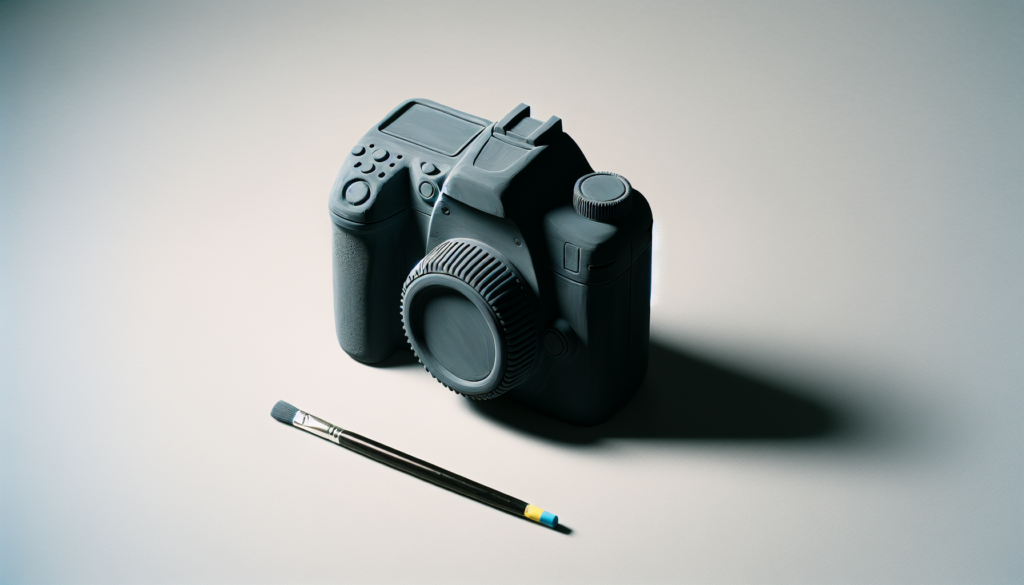
Alternative options for painting plastic
Spray paint
Spray paint is a popular alternative option for painting plastic surfaces. It provides quick and even coverage, making it suitable for large or intricate plastic items. Spray paints specifically formulated for plastic surfaces are readily available and offer excellent adhesion and durability. However, spray painting requires careful preparation and ventilation, and it may be more challenging to achieve a smooth, brushstroke-free finish compared to using chalk paint.
Acrylic paint
Acrylic paint can also be used as an alternative for painting plastic surfaces. While not as commonly used as spray paint or chalk paint, acrylic paint can still adhere well to plastic when combined with the right surface preparation and primer. Acrylic paint offers a vast range of colors and finishes and can provide excellent coverage and durability. It is important to use a suitable plastic primer and follow proper application techniques for the best results.
Vinyl paint
Vinyl paint is another option to consider when painting plastic surfaces. This type of paint is specifically designed for adhering to vinyl materials, which share some similarities with certain types of plastic. Vinyl paint offers good adhesion, flexibility, and durability when applied to plastic surfaces. It is important to choose vinyl paint that is compatible with the specific plastic material and follow the manufacturer’s instructions for proper application and curing.
Conclusion
Using chalk paint on plastic can be a great way to transform and update various plastic items. However, it is crucial to consider the type of plastic, properly prepare the surface, choose the right paint type, and follow proper application techniques for the best results. By adhering to the step-by-step process, tips, and tricks outlined in this article, you can achieve a successful application of chalk paint on plastic. Additionally, being aware of the common issues and alternative options for painting plastic will help you make informed decisions and achieve the desired outcome. Whether you choose chalk paint, spray paint, acrylic paint, or vinyl paint, remember to prioritize surface preparation, use suitable products, and exercise patience to achieve a professional-looking finish.
